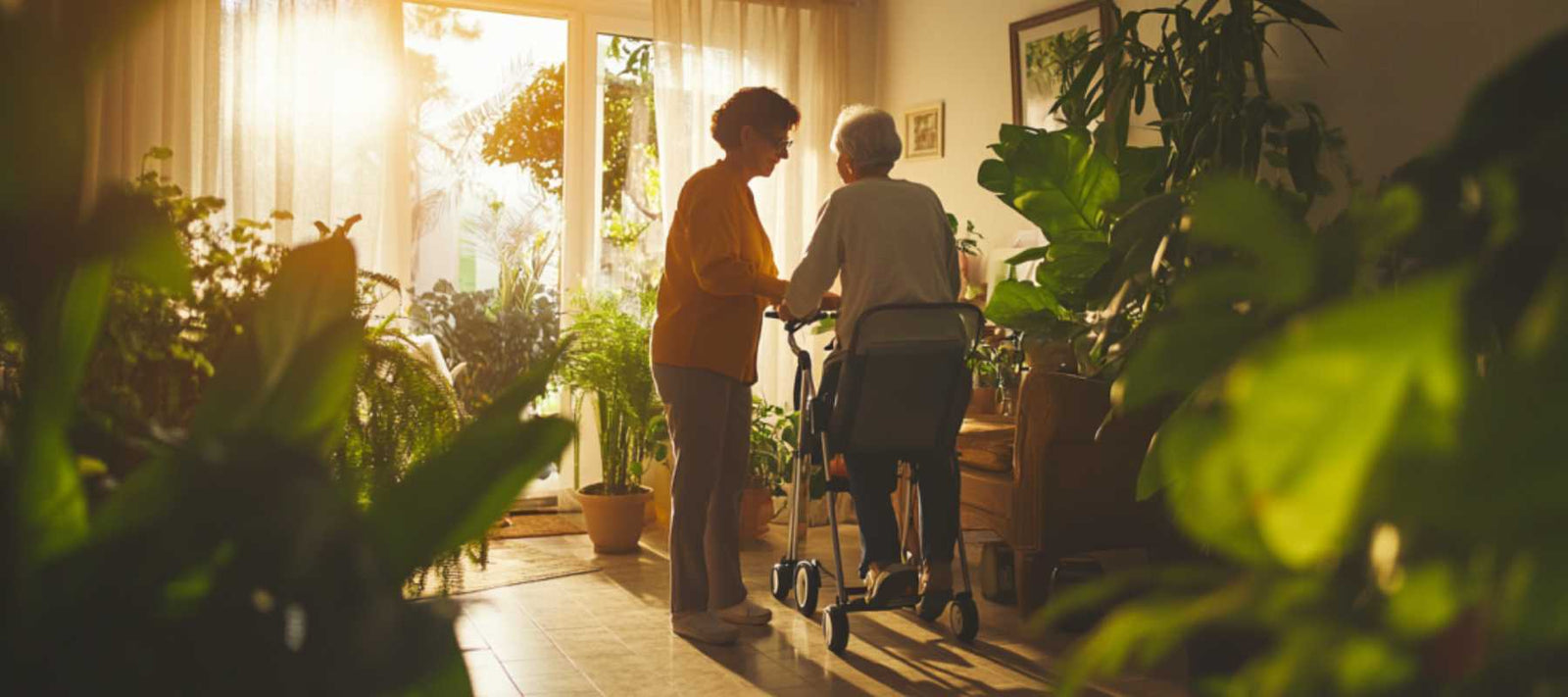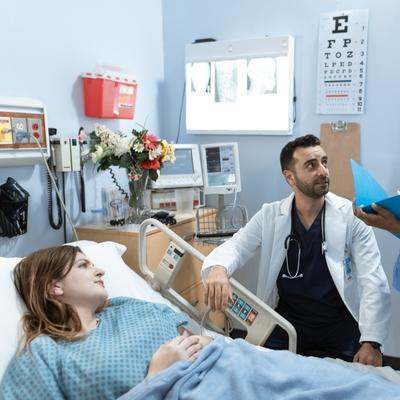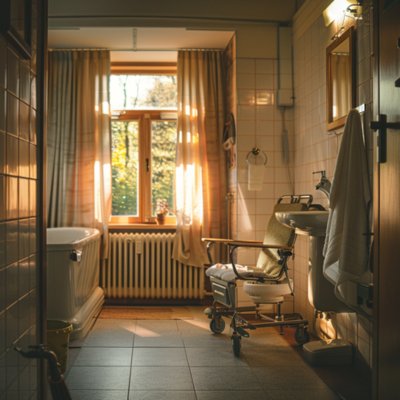In the world of patient care, safe and efficient transfers are crucial for both patient comfort and caregiver well-being. Sliding boards, also known as transfer boards, have emerged as essential tools in this realm, revolutionizing the way we approach patient mobility. This comprehensive guide will explore the ins and outs of sliding boards, their types, proper usage techniques, and the myriad benefits they offer in various healthcare settings. Whether you're a healthcare professional, a caregiver, or someone exploring mobility solutions, understanding the art of using sliding boards can significantly enhance patient care and safety.
Understanding Sliding Boards: The Bridge to Safe Patient Transfers
A sliding board is a flat, rigid board designed to bridge the gap between two surfaces, allowing patients to slide from one surface to another with minimal lifting. These simple yet effective tools come in various materials and designs, each tailored to specific transfer needs and patient conditions.
The Evolution of Patient Transfer Techniques: From Manual Lifting to Sliding Solutions
The journey from traditional manual lifting to modern sliding board techniques reflects a growing emphasis on both patient and caregiver safety.
Traditional Approaches
- Manual lifting by caregivers
- High risk of injury for both patients and staff
- Limited patient participation in transfers
- Reliance on physical strength of caregivers
Modern Innovations
- Use of sliding boards for smoother transfers
- Reduced physical strain on caregivers
- Increased patient involvement and independence
- Ergonomic designs for various transfer scenarios
- Integration with other transfer aids for comprehensive care
Key Features and Considerations of Sliding Boards
Essential Factors to Consider When Using Sliding Boards
- Material: Wood, plastic, or composite for durability and ease of cleaning
- Size and Shape: Straight, curved, or foldable options for different transfer needs
- Weight Capacity: Ranging from standard to bariatric options
- Surface Texture: Smooth for easy sliding, with some grip for safety
- Portability: Lightweight designs for easy transport and storage
- Compatibility: Suitable for use with other transfer aids like gait belts
- Ease of Cleaning: Materials that allow for thorough disinfection
- Handles or Grips: For easier positioning and removal
Spotlight on Innovative Sliding Board Solutions

Samarit Glyder Transfer Board
The Samarit Glyder Transfer Board offers a smooth and safe transfer experience for both patients and caregivers.
- Durable plastic construction for easy cleaning
- Ergonomic design suitable for various transfer scenarios
- Lightweight yet sturdy for reliable transfers
- Smooth surface allows for effortless sliding

Birch Wood Transfer Board
This classic birch wood transfer board combines traditional materials with modern design for reliable patient transfers.
- Natural birch wood for a comfortable, splinter-free surface
- Tapered ends for easy positioning
- Suitable for various transfer situations
- Durable construction for long-term use
Sliding Boards in Various Healthcare Settings
1. Hospitals and Acute Care
In hospital settings, sliding boards are invaluable for transferring patients between beds, examination tables, and wheelchairs. They're particularly useful in radiology departments for smooth transfers to imaging equipment.
2. Rehabilitation Centers
Rehabilitation facilities use sliding boards extensively as part of mobility training. They help patients regain independence in transfers, supporting the rehabilitation process.
3. Long-Term Care Facilities
In nursing homes and assisted living facilities, sliding boards are essential for daily transfers, reducing the physical strain on caregivers and promoting resident mobility.
4. Home Healthcare
For patients receiving care at home, sliding boards are crucial tools for family caregivers, enabling safe transfers in various home settings, including to and from vehicles.
For more insights on how mobility aids are used in different healthcare environments, explore our article on Patient Lifts in Institutional Settings: Hospitals, Nursing Homes, and Rehabilitation Centers.
Challenges and Strategies for Improvement
While sliding boards significantly enhance patient transfers, there are challenges to address:
Proper Training
Ensuring all caregivers are properly trained in sliding board techniques can be challenging, especially in high-turnover environments.
Patient Cooperation
Some patients may be anxious or unable to cooperate fully during sliding board transfers.
Surface Compatibility
Ensuring smooth transfers between surfaces of different heights or textures can be difficult.
Infection Control
Maintaining cleanliness and preventing cross-contamination with shared sliding boards is an ongoing concern.
Strategies for addressing these challenges include:
- Implementing comprehensive training programs with regular refresher courses
- Developing patient education materials to increase comfort and cooperation
- Designing versatile sliding boards that can adapt to various surface types
- Introducing disposable covers or easily sanitized materials for better infection control
Choosing the Right Sliding Board: A Personalized Approach
Selecting the appropriate sliding board depends on various factors. Consider the following when making your choice:
For more detailed guidance on selecting the right mobility aids for various care situations, read our article on Choosing the Right Patient Lift for Home Use: A Comprehensive Guide.
Maintenance and Care for Sliding Boards
Proper maintenance of sliding boards is crucial for ensuring their longevity, safety, and hygiene. Here are some essential care tips:
- Regular Inspection: Check for cracks, splinters, or signs of wear before each use.
- Cleaning: Clean and disinfect the board after each use, following manufacturer guidelines.
- Storage: Store in a clean, dry place to prevent warping or damage.
- Surface Maintenance: For wooden boards, sand any rough spots and apply a food-grade finish if recommended.
- Weight Limit Adherence: Respect the weight capacity to prevent damage and ensure safety.
For more information on maintaining mobility aids, check out our guide on Patient Lift Maintenance: Essential Tips for Longevity and Safety.
Conclusion: Enhancing Patient Care Through Safe Transfer Techniques
Sliding boards have revolutionized patient transfers, offering a safer, more comfortable experience for both patients and caregivers. By reducing the risk of injuries, promoting patient independence, and easing the physical demands on healthcare workers, these simple yet effective tools play a crucial role in modern patient care.
As we continue to prioritize safety and efficiency in healthcare settings, the importance of mastering sliding board techniques cannot be overstated. Whether in hospitals, rehabilitation centers, or home care environments, the proper use of sliding boards contributes significantly to patient dignity, caregiver well-being, and overall quality of care.
Remember, the key to successful sliding board transfers lies in proper training, careful selection of the right board for each situation, and consistent adherence to safety protocols. By embracing these principles, healthcare providers and caregivers can ensure smoother, safer transfers and better outcomes for patients across all care settings.
Ready to Enhance Your Patient Transfer Techniques?
Explore our range of high-quality sliding boards and transfer aids to improve safety and efficiency in your care routine. Whether you're a healthcare professional or a family caregiver, we have options to suit every transfer need.
Shop Sliding Boards Now








